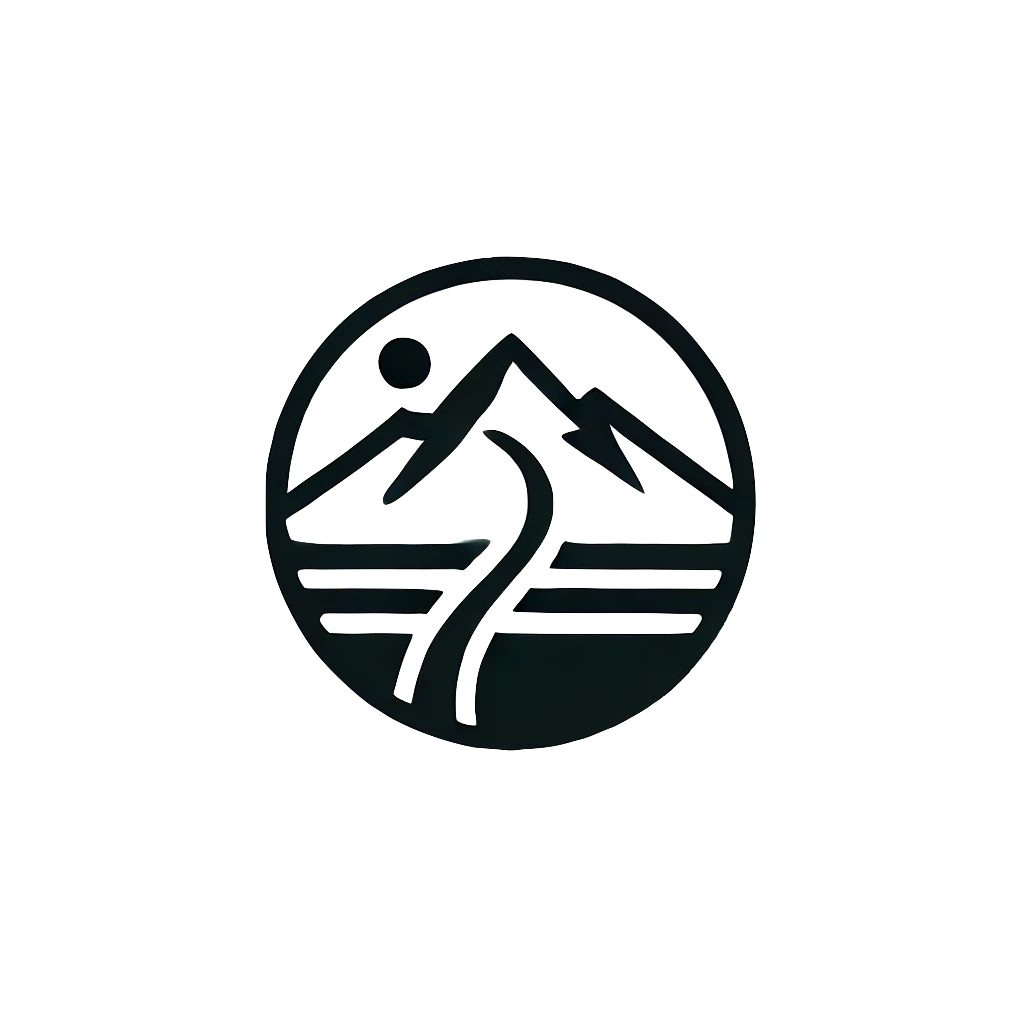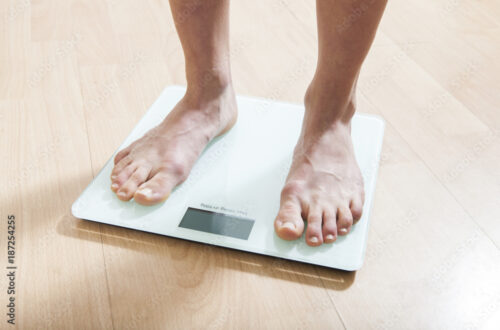
The Foundation of Sustainable Performance After 40: Sleep. Nutrition. Training.
In today’s world—overloaded with information, tasks, and pressure—only simplicity gives us a real shot at following through with any training plan or physical challenge.
Catchy program names, shiny new diets, or hacks may sell well on social media, where novelty grabs attention. But in real life, when the calendar is full and life gets messy, those overly complex approaches usually fail us.
What works? Discipline. Consistency. Patience.
And let’s be honest: these are the first things to break down when life starts throwing curveballs. When the training program or diet becomes another source of pressure, the frustration of falling off track just becomes another failure added to the list.
Every time I hit a deload or recovery week, certain patterns emerge—physically and, more importantly, mentally. And that mental side is often ignored. Yet, it reveals the true state of our nervous system: irritability, doubt, questioning our strategy… classic signs of overload.
Interestingly, the early part of a deload week often opens space for reflection and learning—new insights, new angles. Sometimes I find material that validates my own concepts. But rarely does anything resonate as strongly as the Peak Performance 40 approach—a structure that mirrors what I’ve been designing for my system:
- low-intensity runs
- one longer bike ride per week
- two strength sessions built around moderate loads (~70% 1RM)
- and smart conditioning.
In an upcoming post, I’ll share a list of recommended resources. But today, for clarity—and to help keep this project aligned—I want to restate the pillars of the TrueGritFit System for anyone training over 40. In this exact order:
1. Sleep
2. Nutrition
3. Training
That’s right: Training comes third.
And yet, almost everyone I know still puts it first—racking up volumes like a pro-tour cyclist while juggling full-time work and family life at 40+.
Are strength and endurance still possible after 40?
Yes.
We are not doomed to sarcopenia, metabolic decline, and joint pain. I will do everything in my power to stay independent and functional into old age. And the key to that? Functional capacity.
Let’s unpack these pillars a bit more:
Sleep
The holy grail. 8–9 hours a night. That’s what recovery and adaptation need. But right now, it’s out of my reach.
I won’t preach sleep perfection from the pages of a book while being sleep-deprived myself. Instead, I focus on quality over quantity, whenever possible.
Nutrition
I’m simplifying it to the extreme. Not “dieting”—just eating in a way that I can sustain long enough to build momentum for fat loss.
My current goal is to get back to around 15% body fat, which is where a male physique just starts to look “good.” After injury, time off, and a drop in training volume, I’m carrying around 6 extra kilos of fat. This isn’t something you crash-diet away in 3 weeks.
It needs a long-term, consistent plan, including calorie and macro tracking.
Training
Let’s not overcomplicate this. Hybrid training—strength and endurance—is nothing new. It just means staying strong and fit at the same time. That’s it.
It takes a lot of sessions at ~70% effort—whether 70% 1RM in the gym, or 70% HRmax during runs or recovery rides.
You may know what to do. You may know how much to do.
But none of that matters unless you can actually do it—consistently, for long enough to see results.





